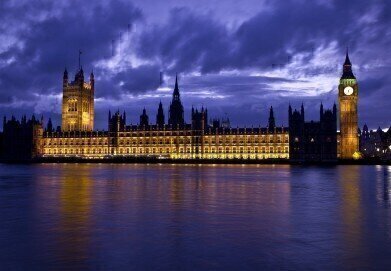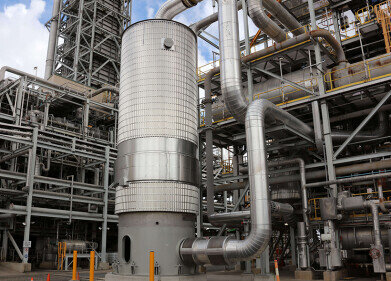Air Clean Up
What is Behind Industrial Carbon Capture Targets?
May 16 2021
As an issue that threatens the entire global populace and could have irreversibly damaging repercussions, climate change is undoubtedly the biggest challenge facing the world today. Industry is responsible for a significant proportion of the greenhouse gas emissions which have contributed to the problem, which is why it’s imperative that all those operating in the sector – from the biggest multinationals to the smallest start-ups – take their carbon capture obligations seriously.
It’s no longer enough for industrial facilities to simply curb the amount of carbon they produce. Concentrations of the harmful gas have reached such a concerning level that companies must now also actively capture carbon at the point of emission and, if possible, also extract it from the air to reduce concentrations to an acceptable level. Governments around the world are being encouraged to introduce carbon capture targets to achieve exactly that outcome.
The UK approach
In Britain, the government has outlined ambitious proposals for carbon capture usage and storage. In addition to driving down emissions from industry by a minimum of two-thirds by 2035 and by at least 90% by 2050, they are also aiming to capture at least three megatons of CO2 every year by 2030. This will involve the installation of four new carbon capture clusters by 2030, with the sites to be chosen by the end of 2023.
Some of that captured carbon will be transported to underground locations such as saline aquifers and exhausted fossil fuel fields for safe storage. However, the government is also keen to investigate practical applications for the gas, such as use as a sustainable refrigerant, conversion into eco-friendly fuel sources and as an ingredient in the manufacture of plastics and other commercial products. This will turn the carbon into a commodity rather than a waste product and monetise the technology involved in its capture.
What are the targets based upon?
The aforementioned targets have been set by the government with an eye on reducing the concentrations of carbon present in our environment to levels that are compatible with a maximum increase in global temperatures of 2°C, as decided upon by the Paris Agreement. This concentration is believed to be around 350 parts per million (ppm). For context, current CO2 concentrations are at an unsustainable level of 415ppm. To exacerbate matters even further, they’re also increasing by 2.5ppm each year.
Therefore, the UK government has implemented its CCUS strategy based upon the science behind bringing carbon concentrations down to the acceptable threshold of 350ppm. Of course, the exact figure which will be required will differ depending on how rapidly emissions are brought under control, which is why the objectives set by individual governments will vary depending on their current environmental profile and the improvements they plan to introduce. However, every business operating in the industrial sector will be expected to take concrete steps to clean up their act and introduce CCUS equipment in the coming years if they are to stay competitive with their rivals and maintain compliance with their legal obligations.
Events
May 05 2024 Seville, Spain
May 13 2024 Munich, Germany
May 23 2024 Beijing, China
May 23 2024 Beijing, China
Jun 10 2024 Algiers, Algeria














